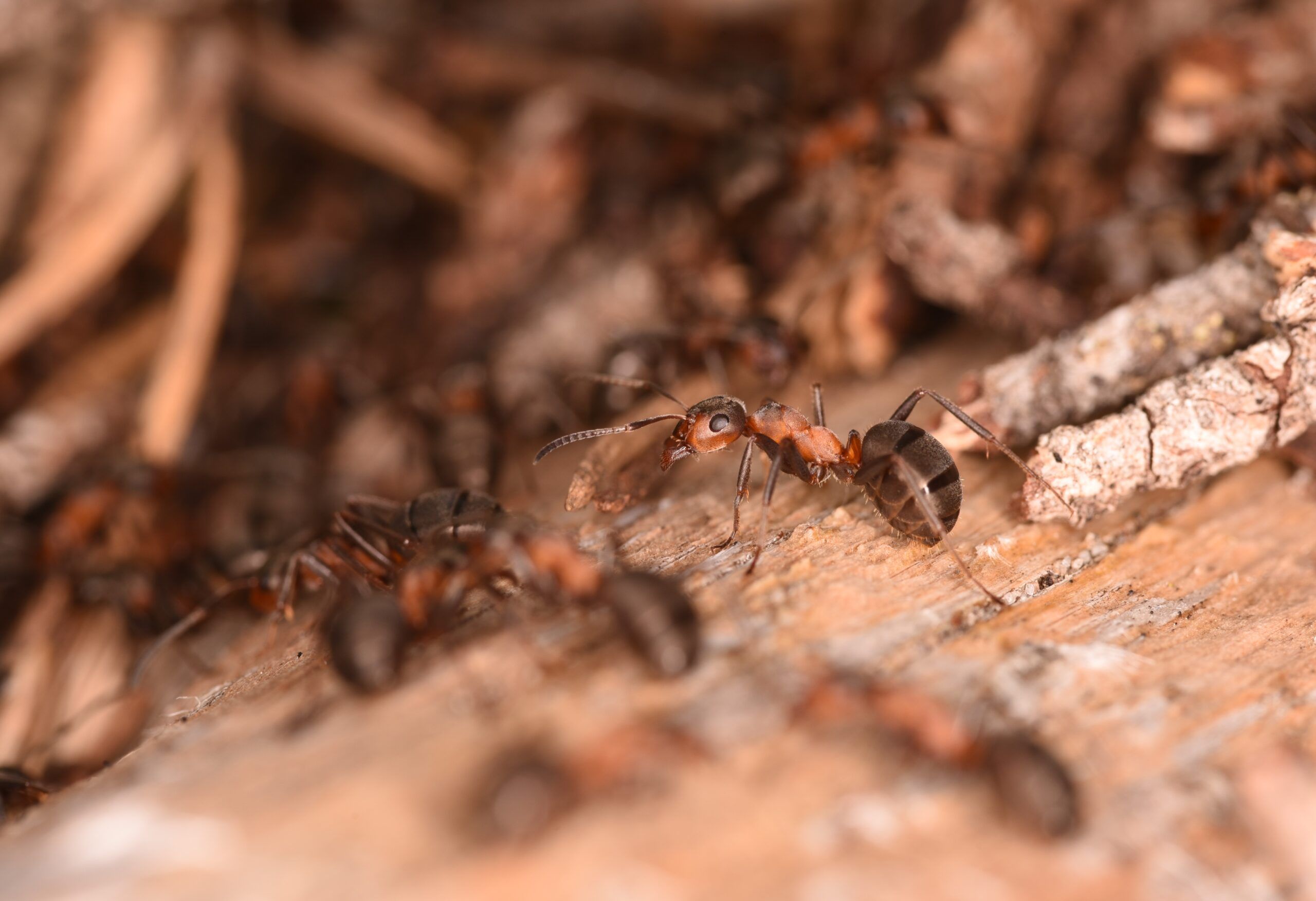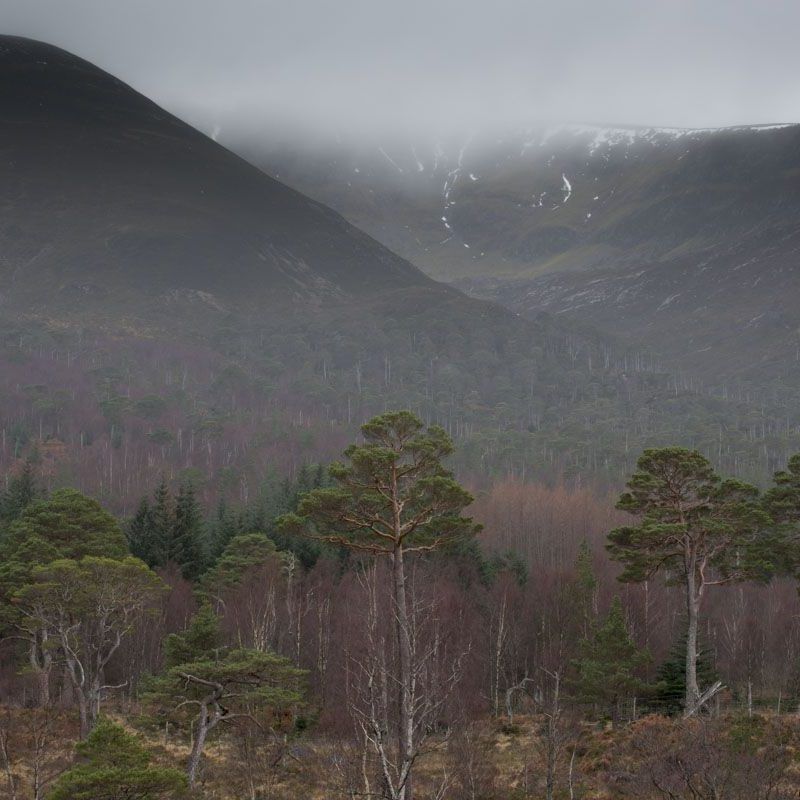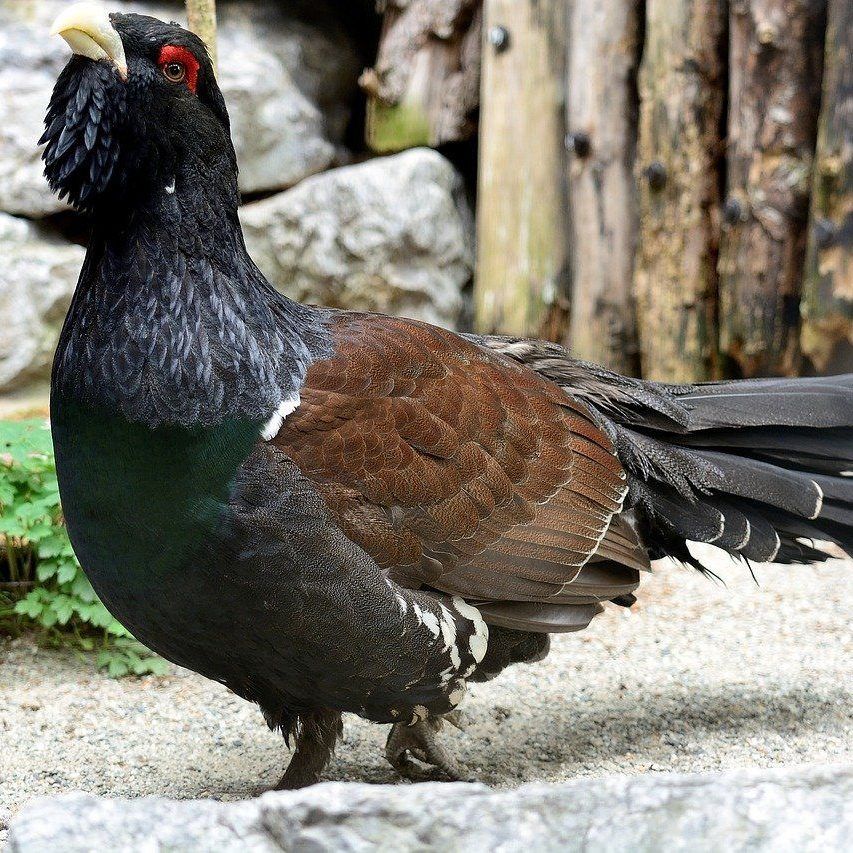Only found in Scotland in the UK. Despite all ants being sun-lovers, the Scottish wood ant (Formica aquilonia) is very tolerant of shade and tends to be found in older, mature woodland. It can be found in Scots pine woodland, birch woodland and also with non-native conifers such as Norway spruce. The nest mounds of this species can often be tall and pointed, and vary hugely in size depending on the age of the nest and whether it is a main or satellite nest. Older nests can reach 2m tall and can be home to many other species that use the ants’ nests.
Scottish wood ants are a keystone species. They help disperse seeds and they also help plants by preying on other insects and playing a part in nutrient cycling in forests. Ants are an important food source for bird species such as green woodpecker and capercaillie.
Image: © 2022 Genevieve Tompkins
Action Needed
- A balanced approach to planting new trees- the Scottish wood ant is dependent on a variety of trees, including many native species. Native trees should make up at least 50% of woodland expansion and woodland connectivity is important.
- We must protect our existing woodland- deforestation is a threat to Scottish wood ant and protecting existing woodland will counteract. Existing woodland provides a multitude of other biodiversity and climate benefits and should not be neglected in favour of new plantations.
- Encouraging plantation restructuring – Scottish wood ants still need sunnier parts of woodland, so would struggle in dense, un-thinned plantations.
- To reduce the threat of habitat loss and secure the future of the Scottish wood ant, the Scottish Government should deliver a future farming funding scheme that is based on the delivery of positive outcomes for climate and nature.
- Investment in Nature Networks to improve interconnectivity between species, habitats and ecosystems and increase resilience.
Threats
Changes in woodland management, deforestation, inappropriate afforestation, urban expansion, human disturbance and agriculture are all linked to the loss of suitable habitat for woodland ants. Maintaining sunny glades and rides is important, particularly on south-facing slopes, in order to provide the high levels of insolation the ants need.
MSP Nature Champion

Member for:







